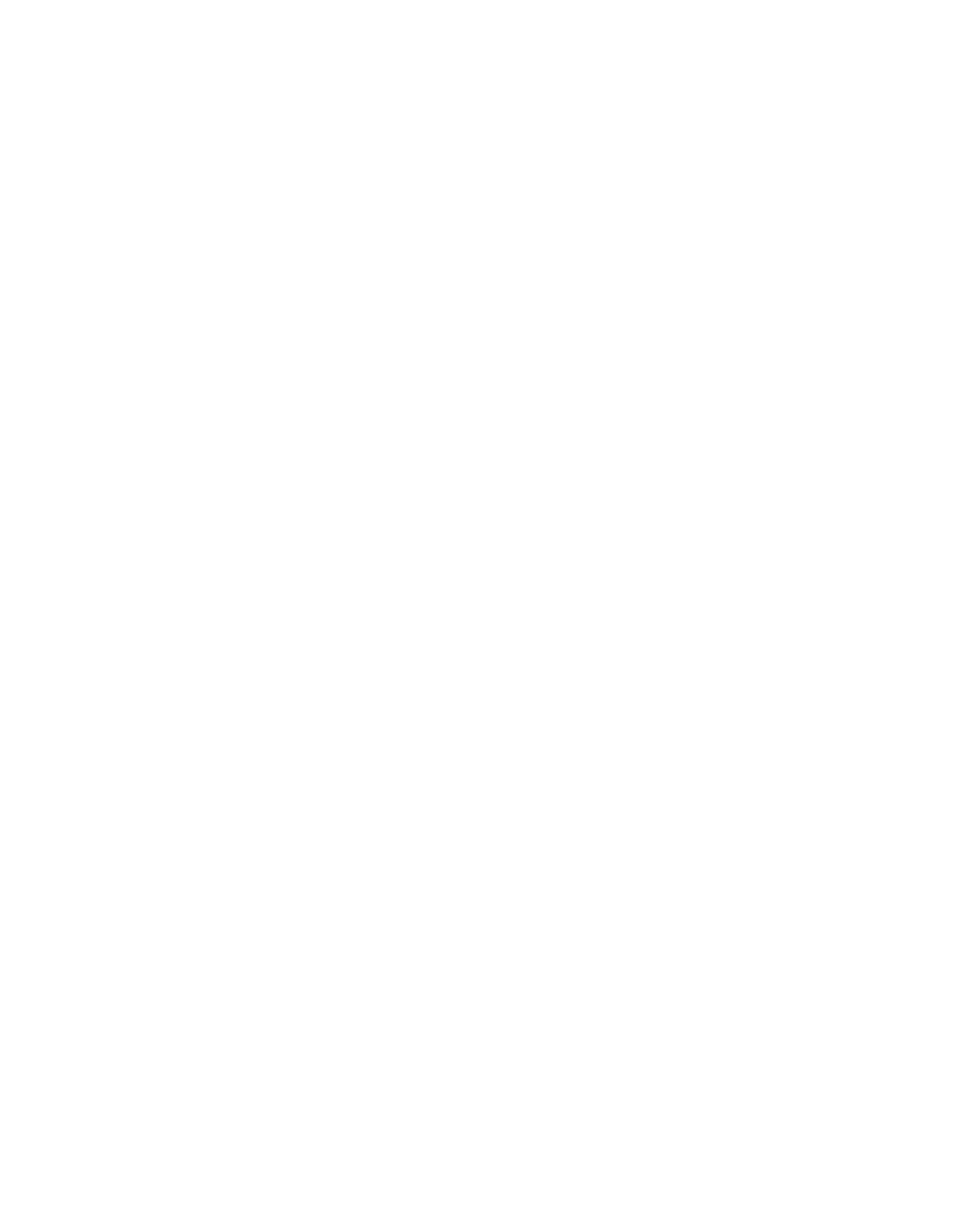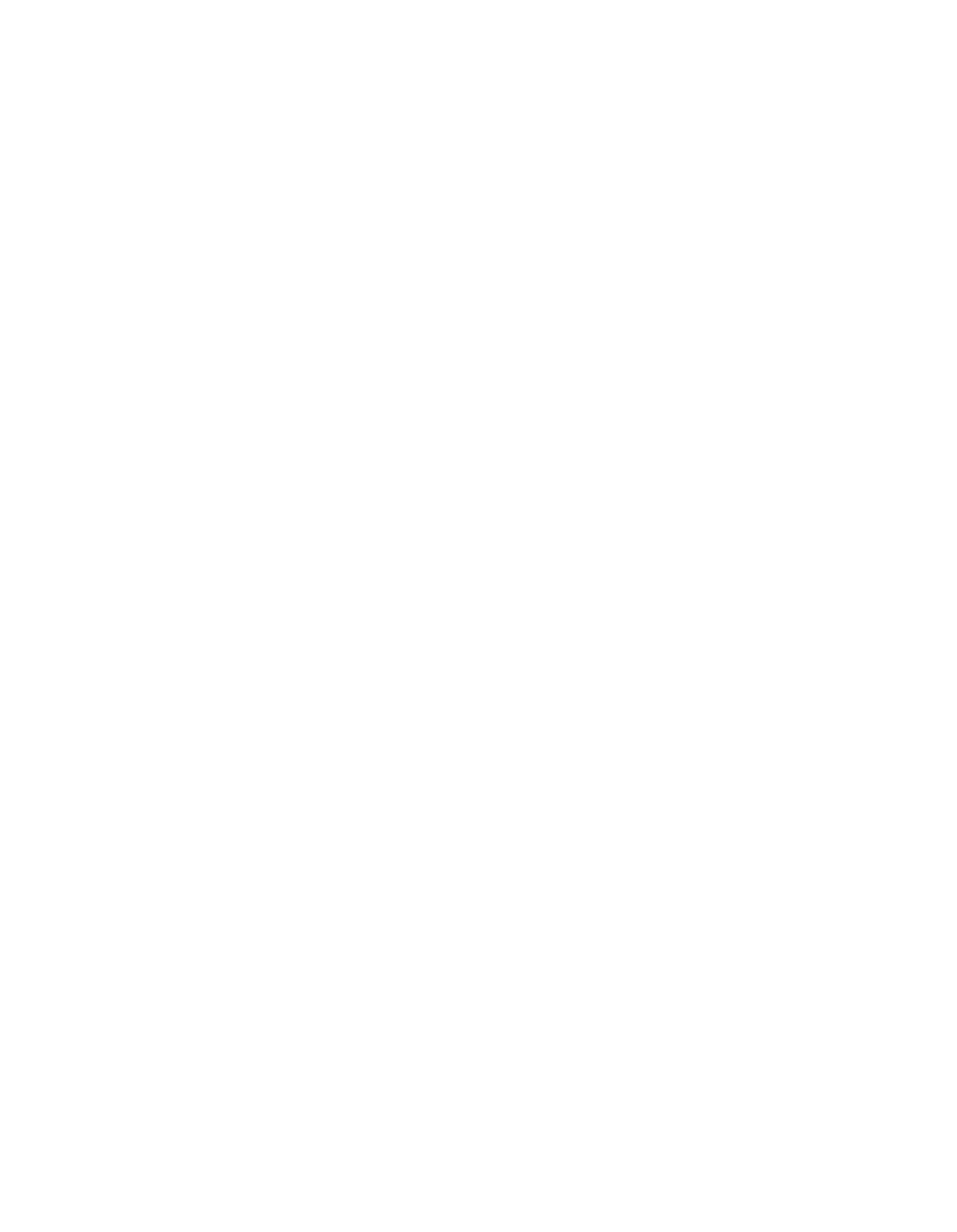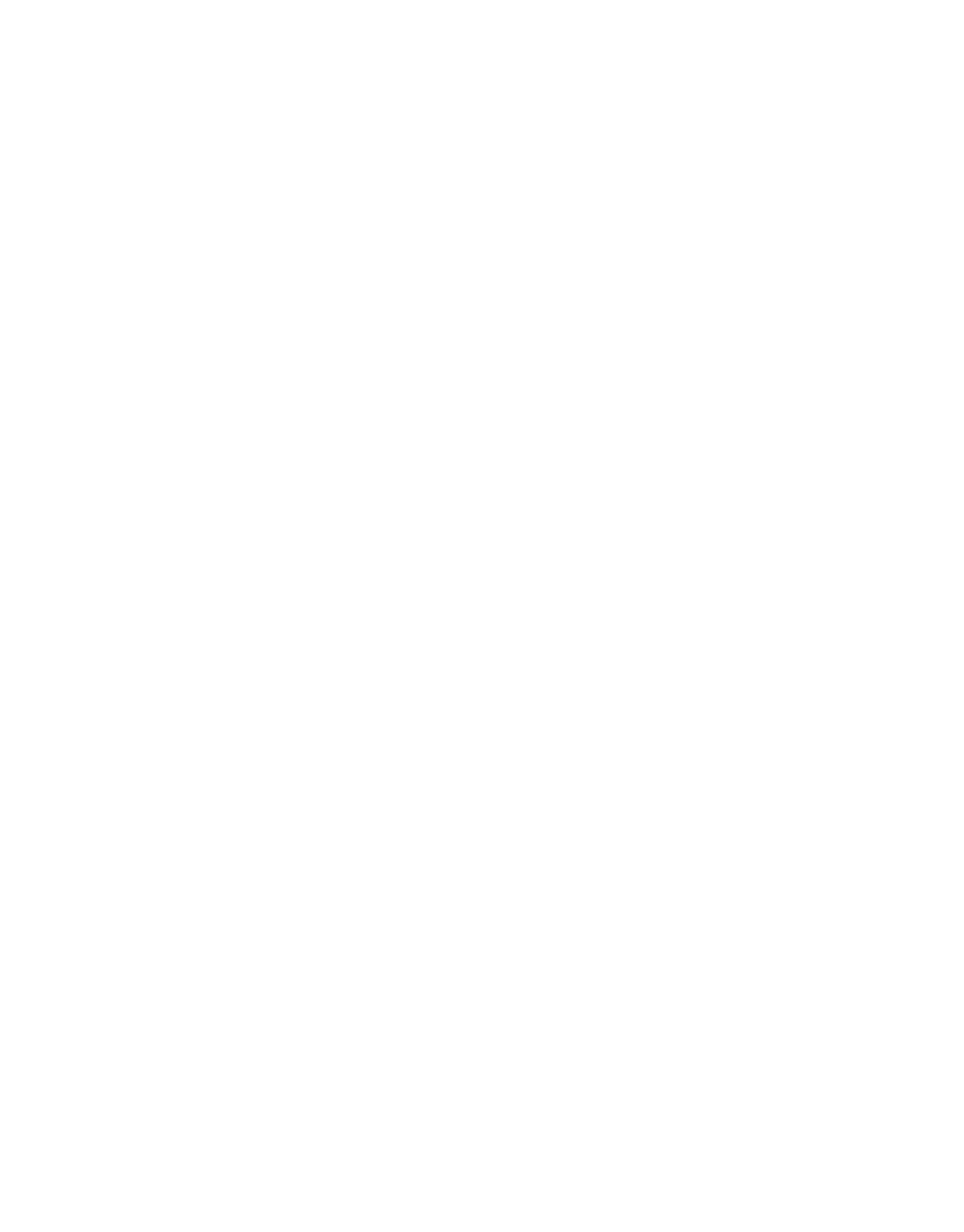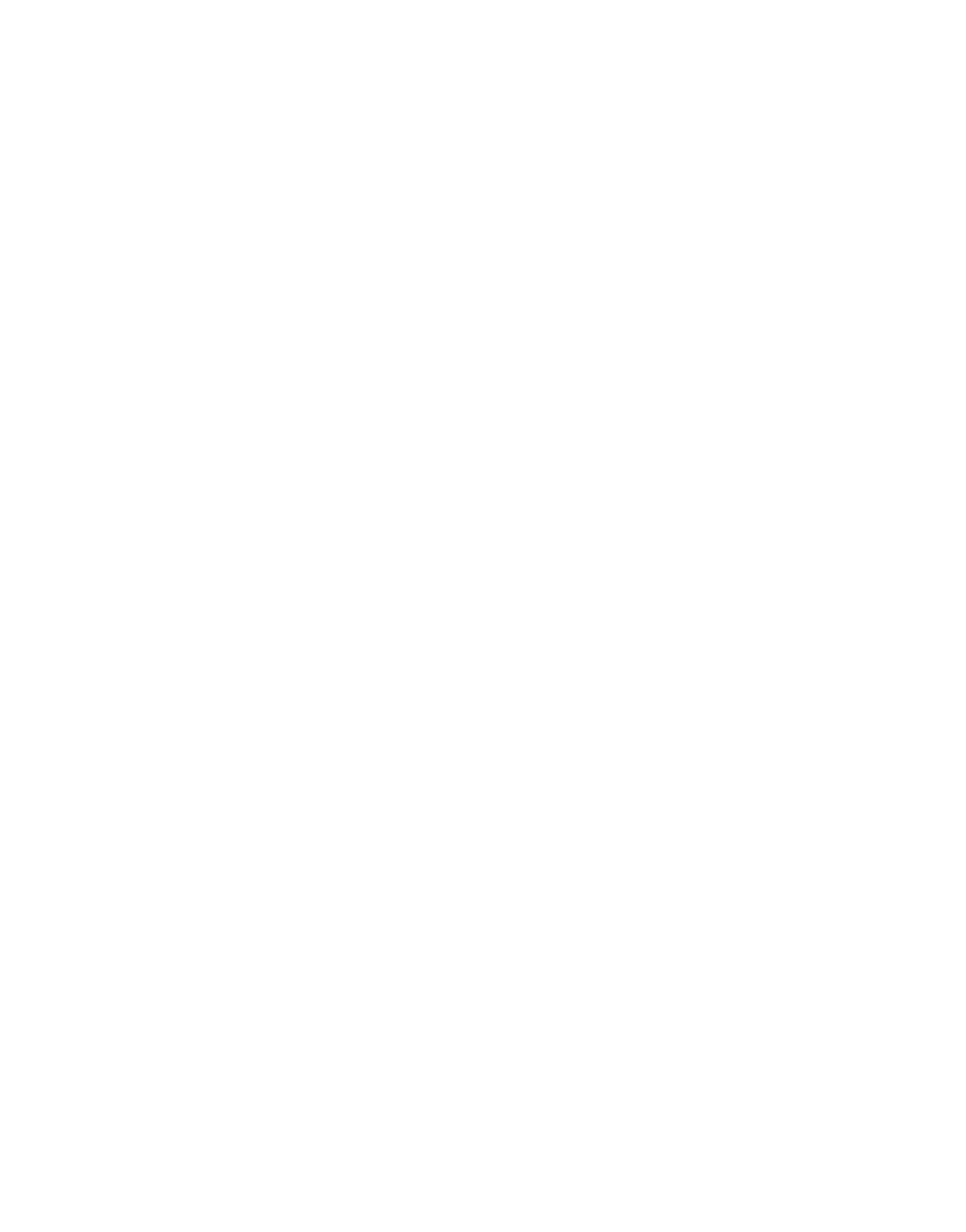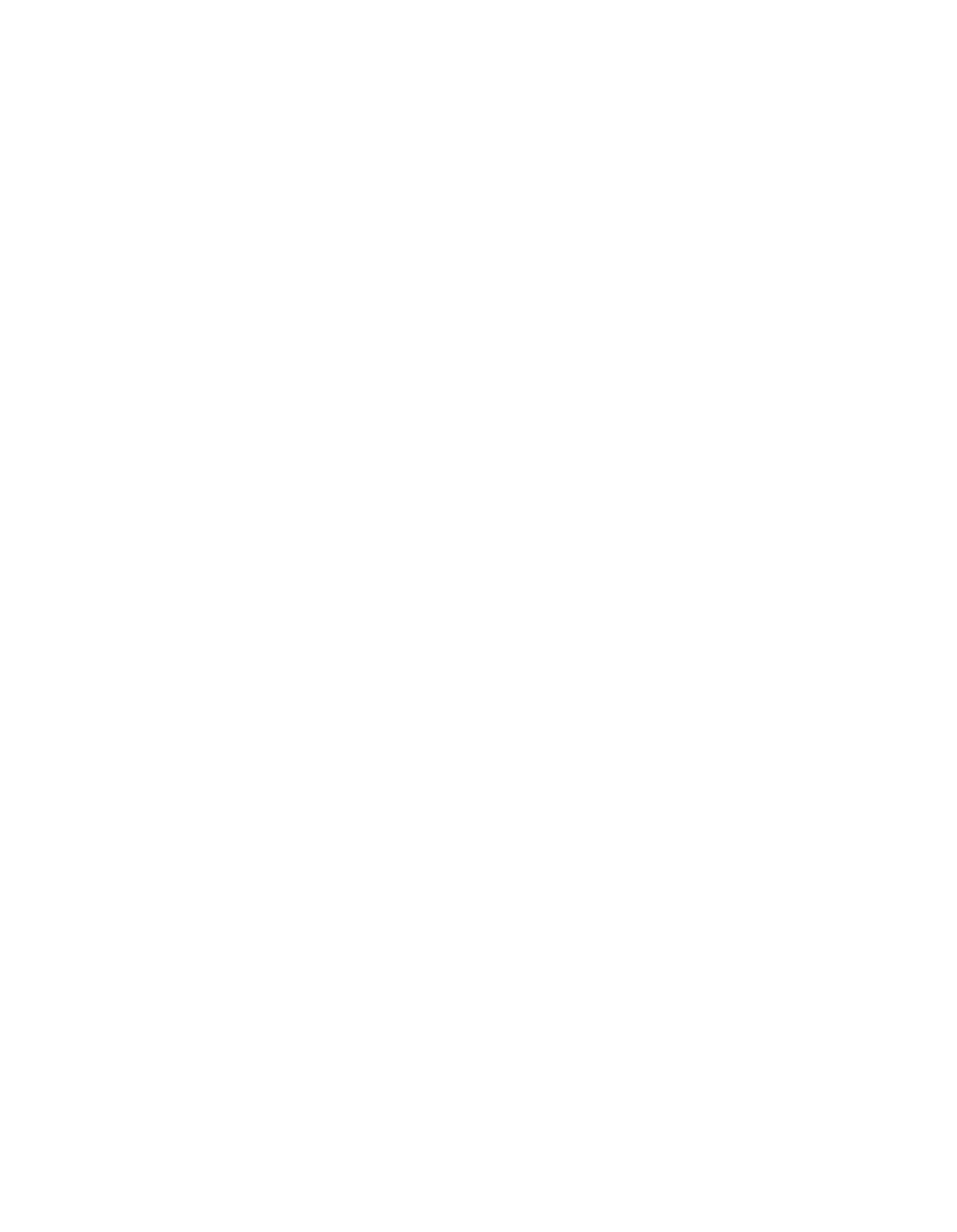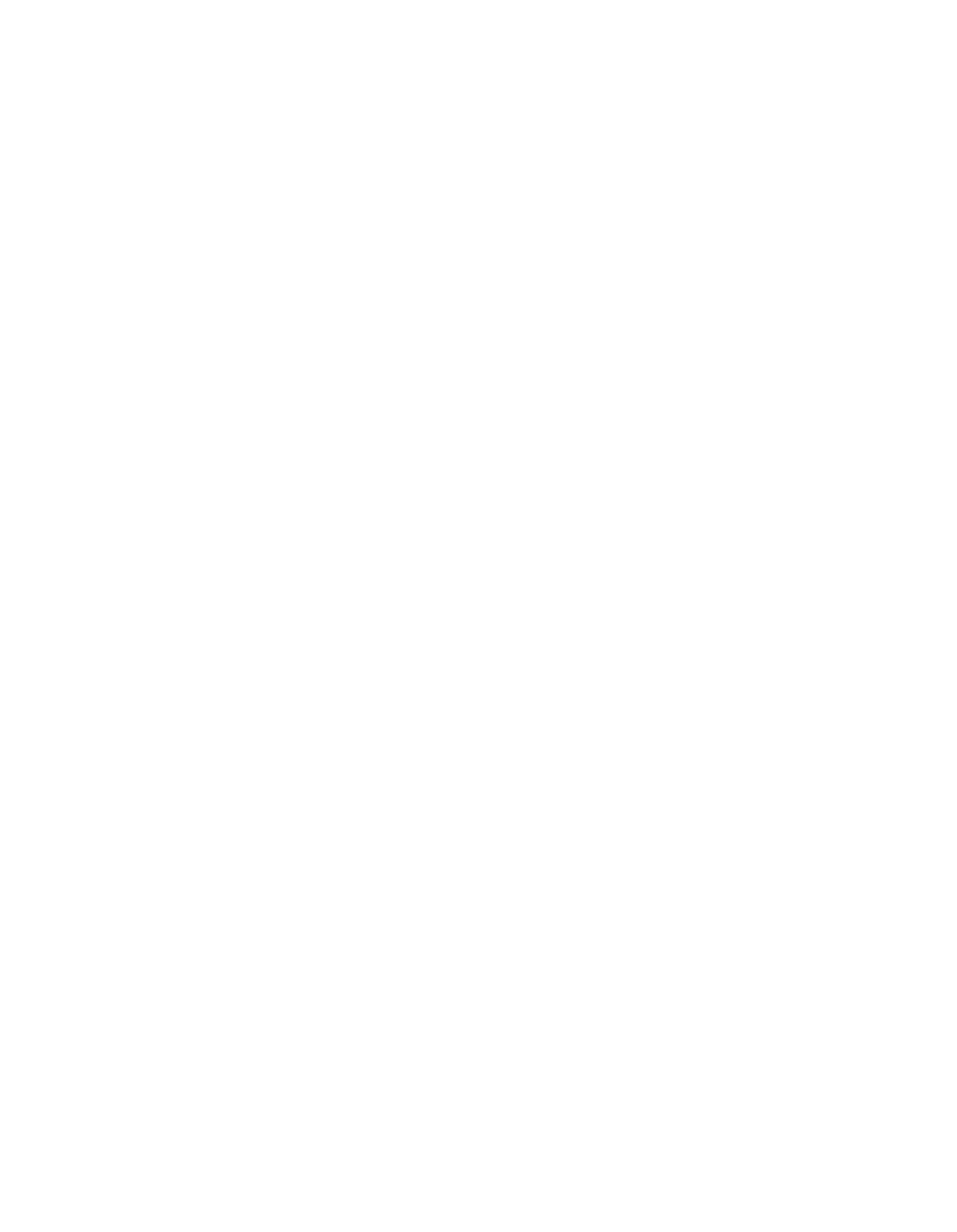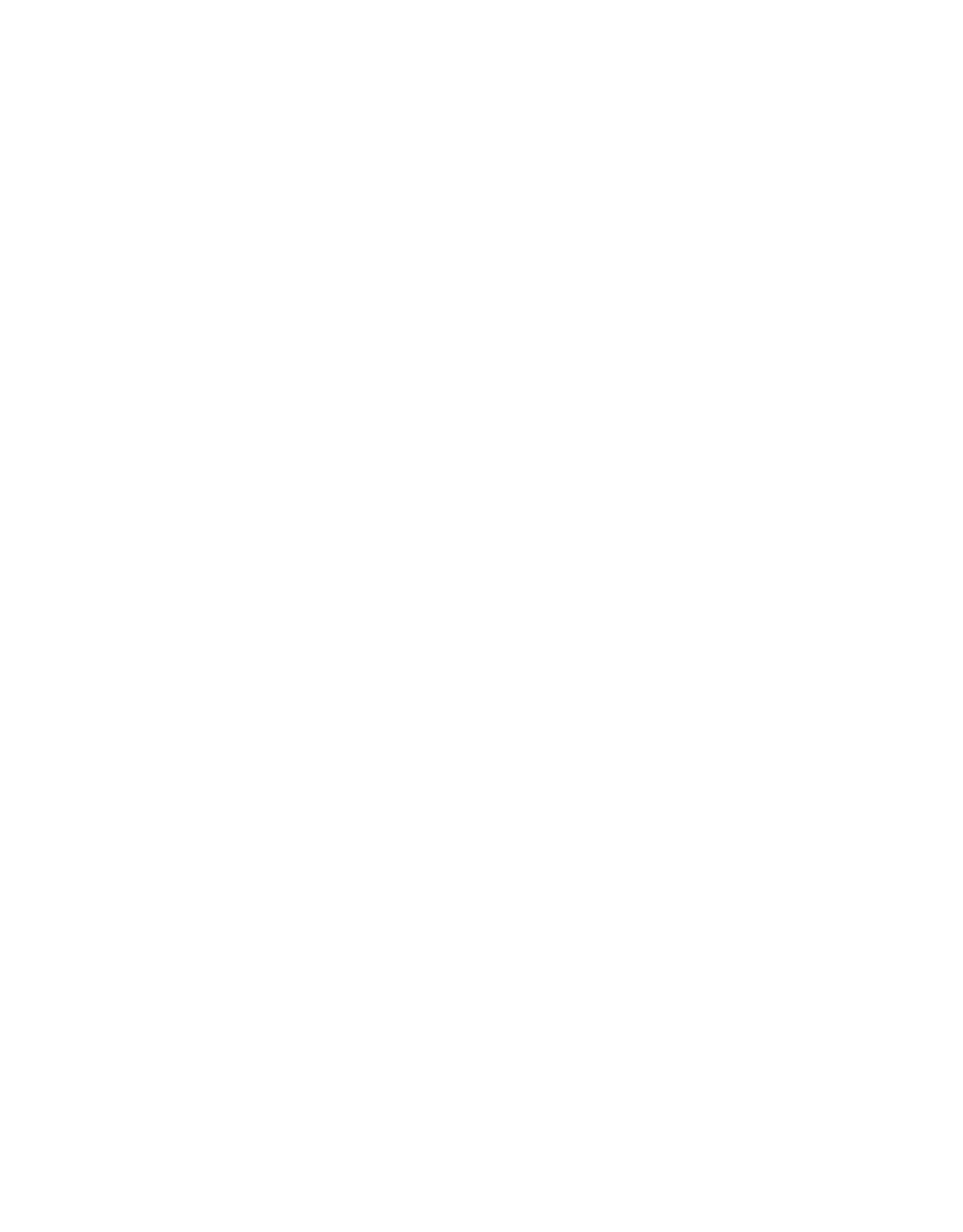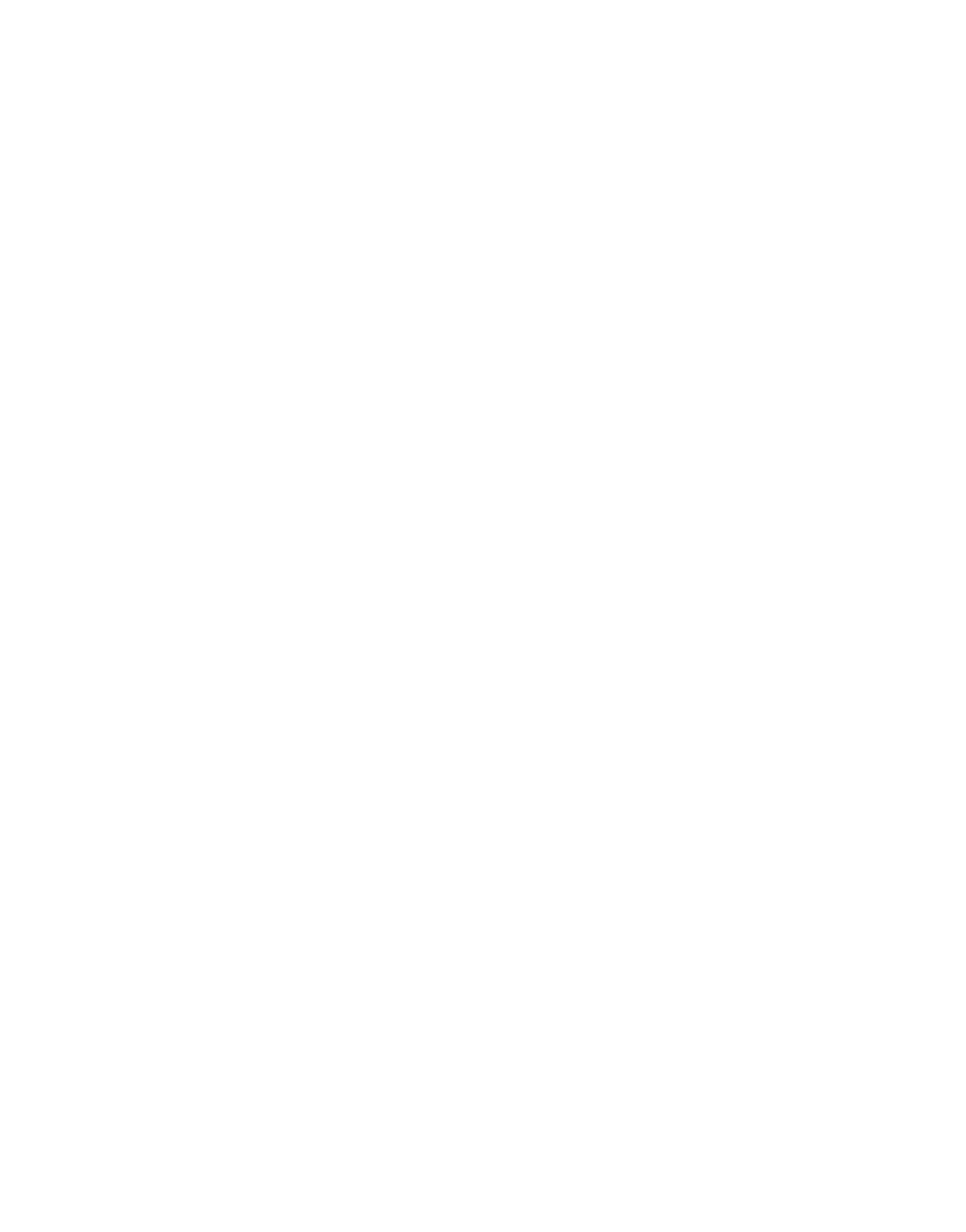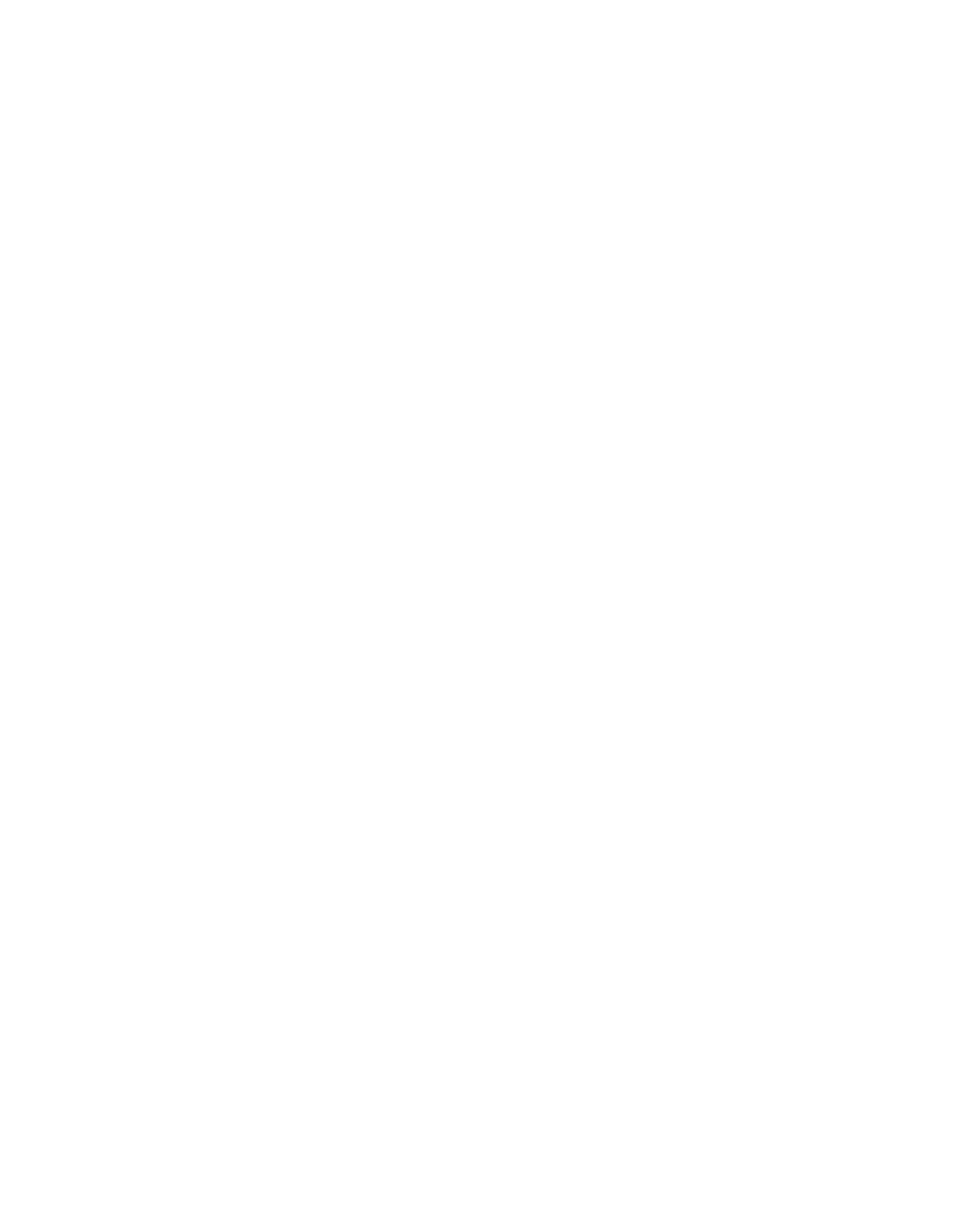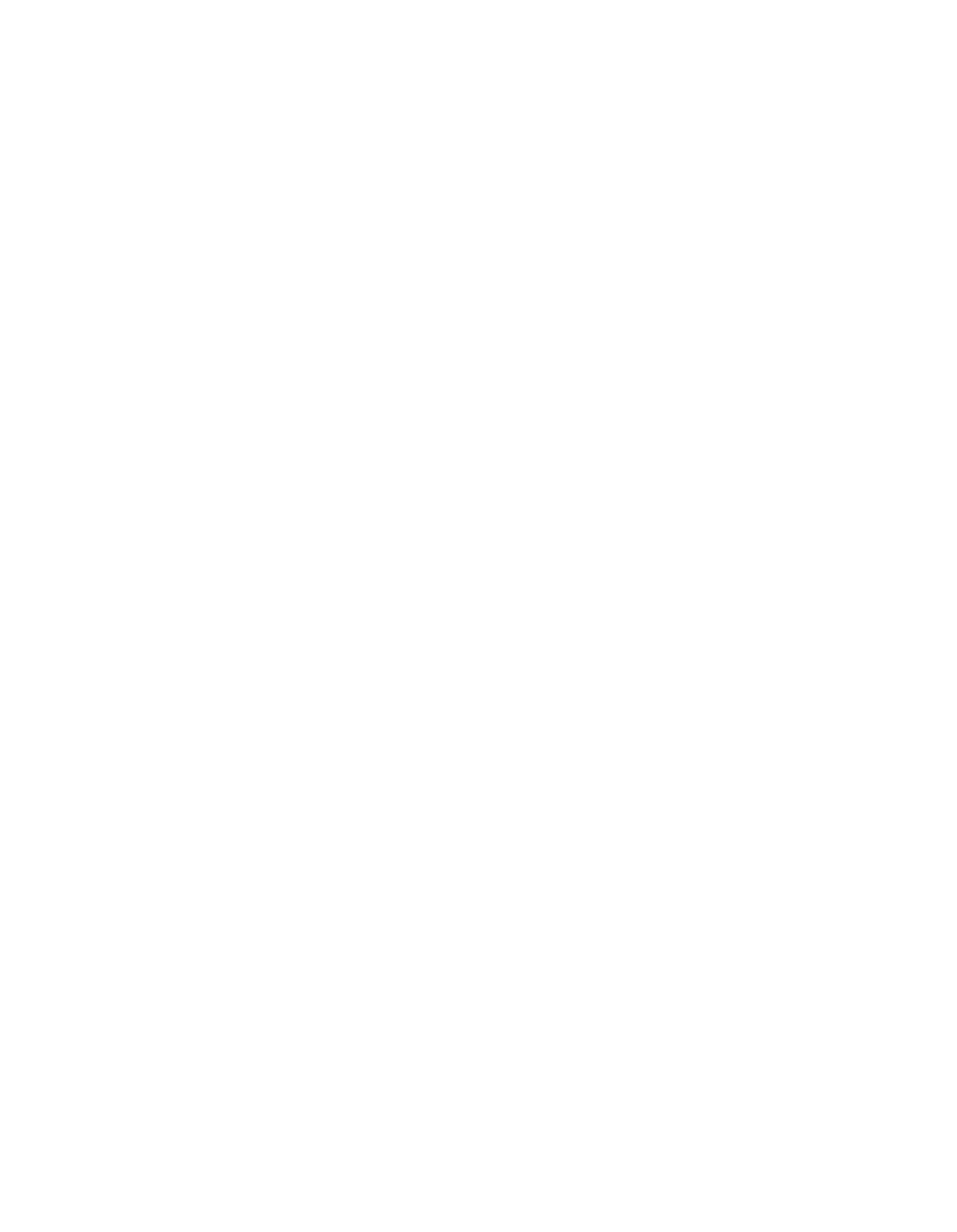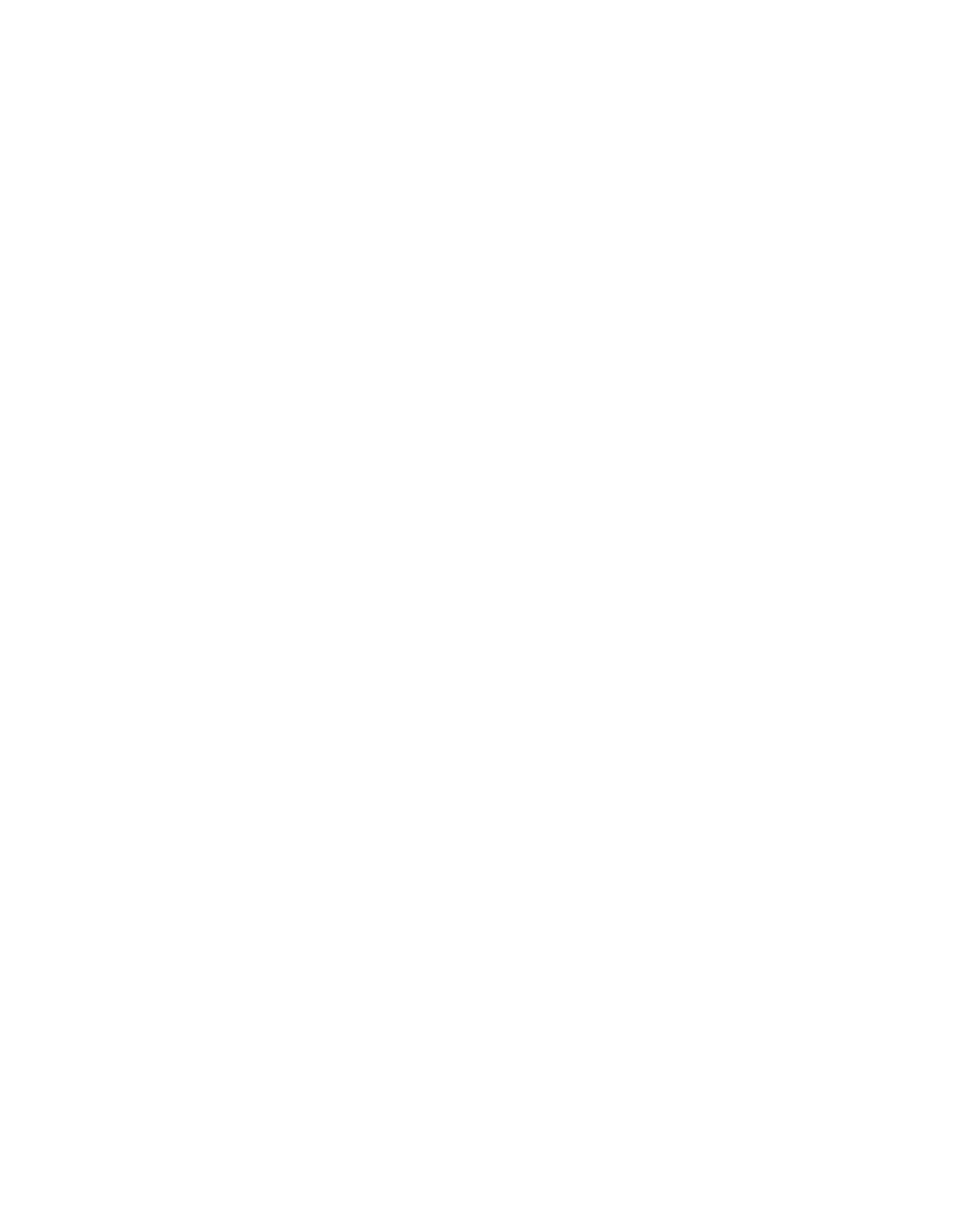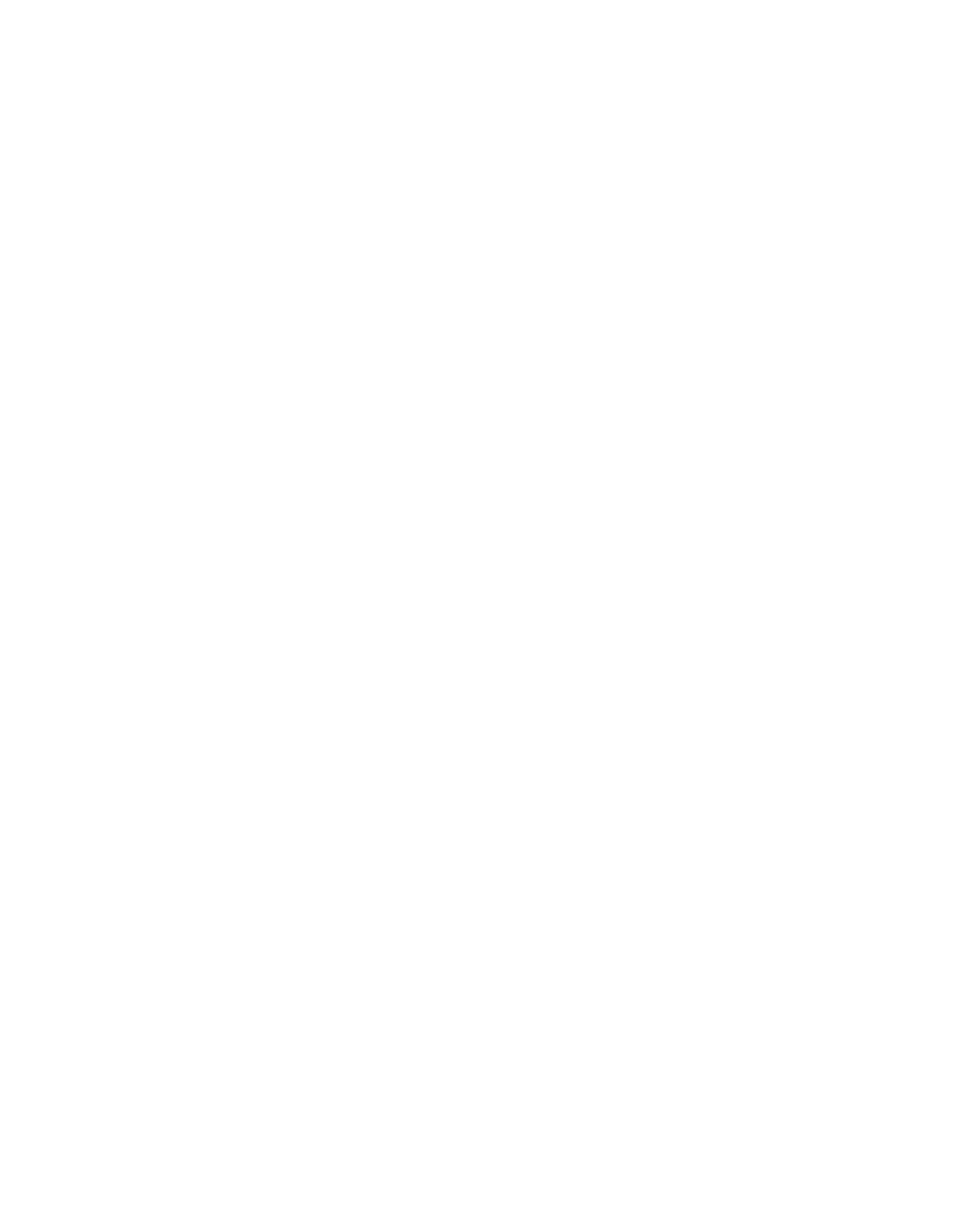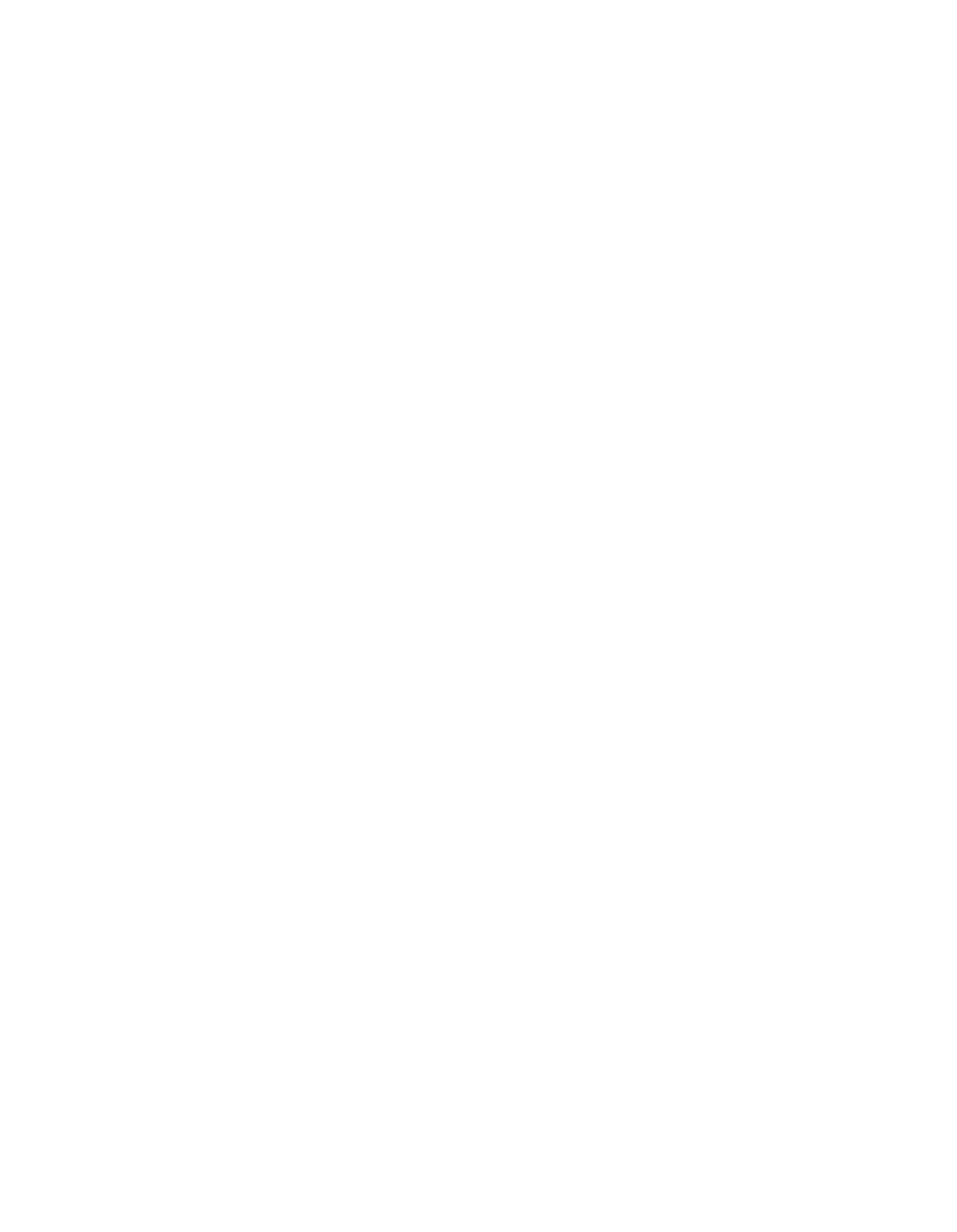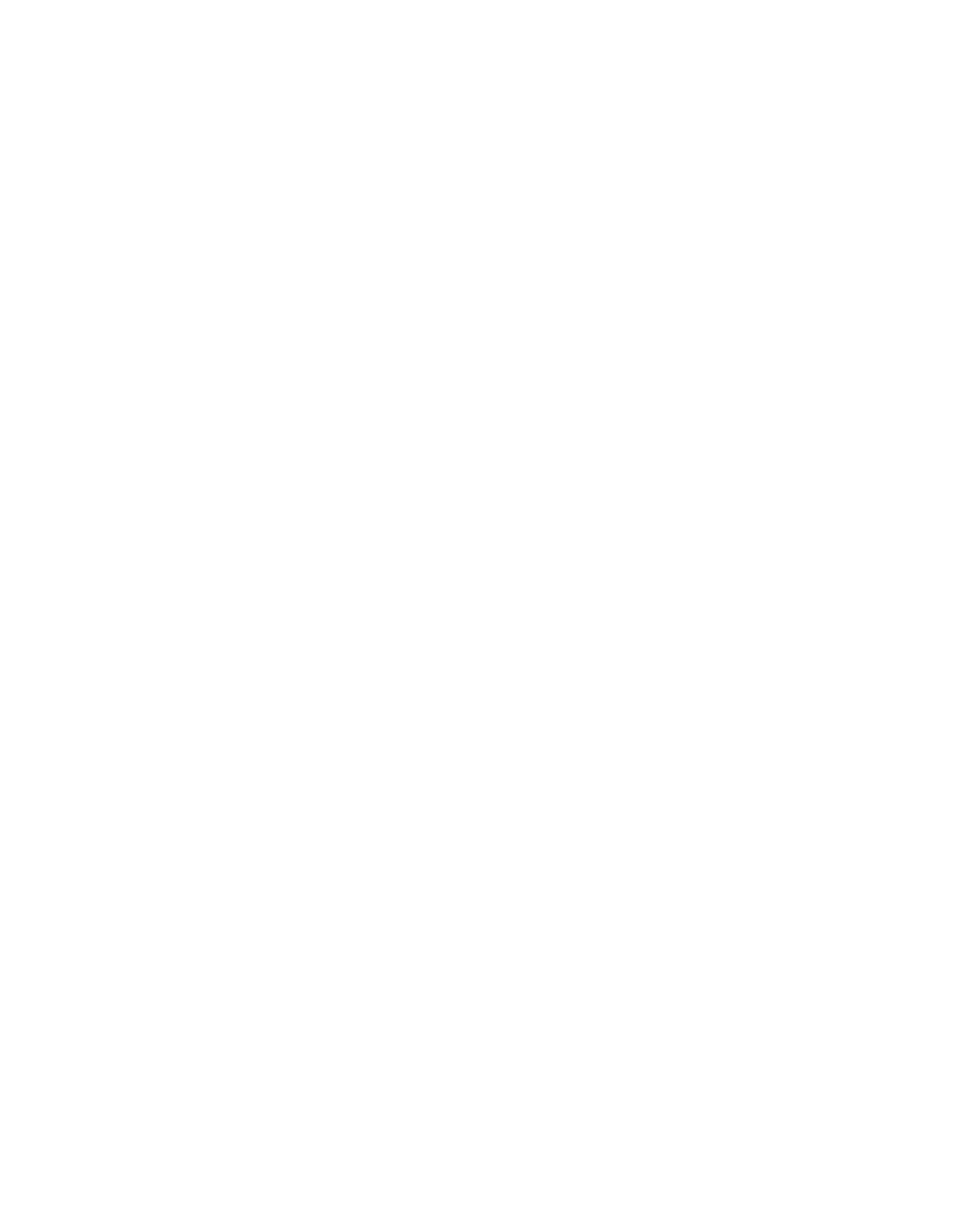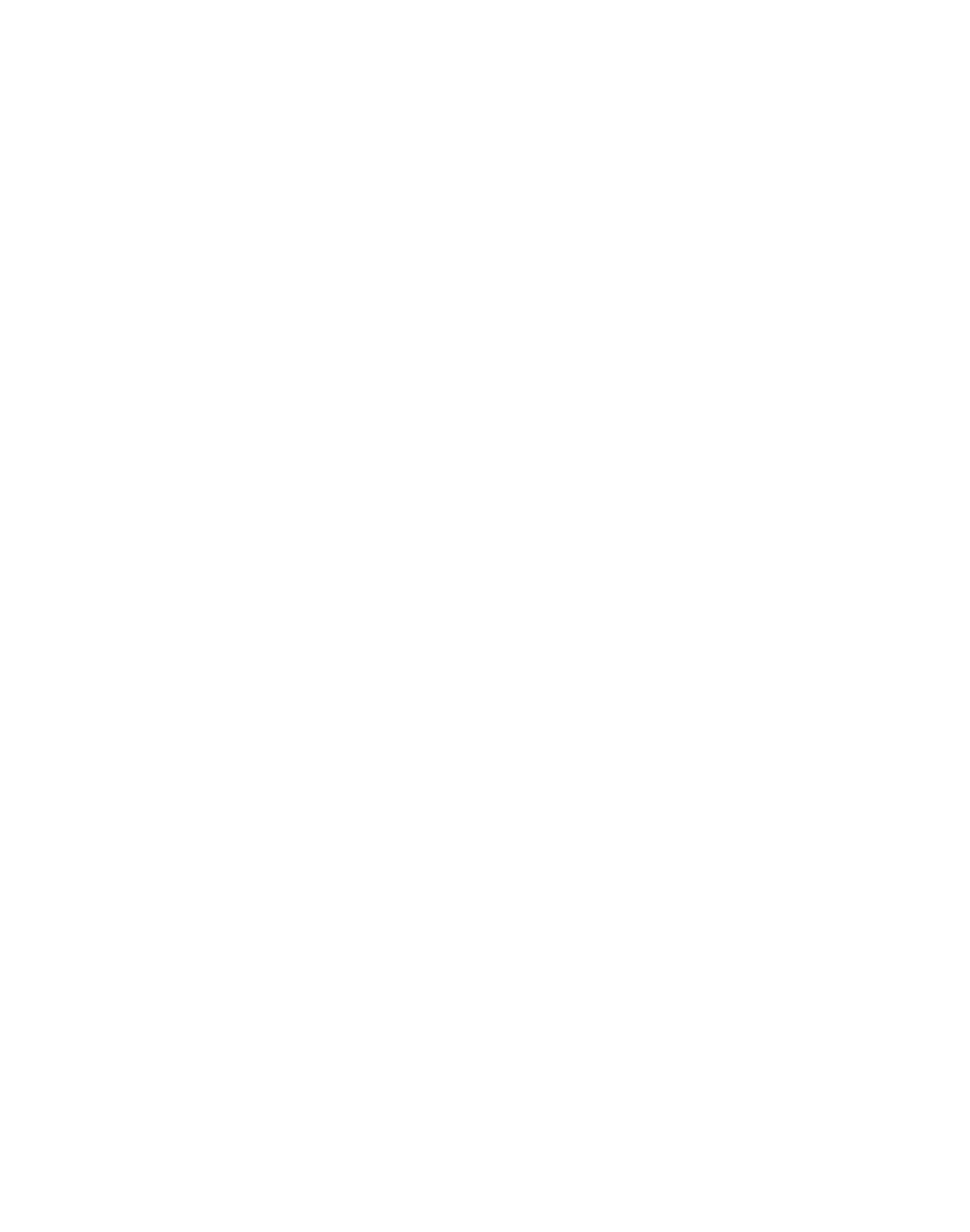ILLINOIS POLLUTION CONTROL BOARD
November
1,
1979
IN THE MATTER OF:
R78—11
FUGITIVE PARTICULATE EMISSIONS FROM
INDUSTRIAL SOURCES
)
OPINION OF
THE
BOARD
(by Mr.
Goodman):
The Clean Air
Act
Amendments
of
1977,
Public Law No. 95—
95, amending the Federal Clean Air Act,
42 U.S.C.
§7401 et
seq.,
imposed new requirements on the State
of Illinois.
Section
172 of the Clean Air Act requires that Illinois provide for
the attainment
of the National Ambient Air Quality Standard
(NAAQS)
for total suspended particulate
(TSP) by December 31,
1982.
The provisions
for attainment are to be included in the
State Implementation Plan
(SIP), which must “contain emission
limitations,
schedules of compliance, and other such measures
as may be necessary....” Clean Air Act §172(b)(8).
Such limi-
tations,
schedules and measures will be contained primarily
in the Board’s Air Pollution Control Regulations;
the amend-
ments made in this proceeding will partially fulfill the
mandates of §172.
Pursuant to the 1977 Clean Air Act Amendments,
the Illi-
nois Environmental Protection Agency
(Agency) reevaluated the
SIP to determine which portions should be amended in order to
attain and maintain NAAQS for all pollutants.
After identify-
ing geographical
areas which are nonattainment for TSP levels,
the Agency determined which sources were contributing to high
TSP levels.
The Agency found that the highest monitored TSP
levels were generally located in the vicinity of large indus-
trial sources of
fugitive emissions
(R.283).
The sources con-
sisted of stockpiles, plant roads,
conveyor transfer points,
material handling,
etc.
Hence, the Agency proposed amendments
to the Board’s
fugitive particulate emissions standard.
On September 13, 1978,
the Agency filed a proposal
to
amend Rule 203(f)
of the Air Pollution Control Regulations
(Chapter 2 of the Board’s Rules and Regulations).
The Board
docketed the proposal
as R78-11 and ordered hearings set.
The Agency submitted revisions to its proposal
on March
15,
The Board acknowledges the assistance
of Carolyn
S.
Hesse,
Technical Assistant, and Ken F.
Kirkpatrick,
Administrative
Assistant,
in the drafting of this Opinion, and the assistance
of Roberta Levinson
in serving
as Hearing Officer.
36—61
1979 and March 22, 1979,
which were published in the Board’s
Environmental_Register,
Numbers 179 and 180.
Public hearings
were held in the following locations:
October 30, 1978
Springfield
November 14, 1978
Chicago
December
6,
1978
Peoria
December
8,
1978
Chicago
Pursuant to Public Act No. 80—1218,
Ill. Rev.
Stat.
ch.
96 1/2,
§7401
et seq., the Illinois Institute of Natural
Resources on March
28,
1979,
filed
IINR
Doc.
No.
79/06, The
Economic
Impact of
Prop~ed
Regulations to Reduce Particulate
Emissions from Steel Mills and Industrial Fugitive Sources.
Hearings on the economic impact were held in the following
locations:
May 3,
1979
Oglesby
May
4,
1979
Chicago
May 16, 1979
Belleville
May 17,
1979
Springfield
On March 29, 1979 the Board proposed an Interim Order to
meet the federal deadline for submittal of SIP revisions pur-
suant to the Federal Clean Air Act.
On July 12, 1979 the
Board proposed
a Final Draft Order and published it
in the
Illinois Resister on August 10,
1979, pursuant to the Illinois
Administrative Procedures
Act,
Ill.
Rev.
Stat.
ch.
127,
§1001
et !~I~ The public comment period ended September 24,
1979.
On October
4,
1979 the Board adopted a Final Order
in this
proceeding.
This Opinion supports that Order.
TOTAL SUSPENDED PARTICULATE MODELING STUDIES
In order to determine
if existing particulate emission
limitations were sufficient to meet NAAQS for TSP and to offer
technical support for their proposal, the Agency either per-
formed or reviewed air quality simulation modeling studies
for the following metropolitan areas
in Illinois:
St. Louis
(Ex.2/7a,7b*),
Peoria,
(Ex.2/8), Macon County
(Ex.2/9),
and
the Quad Cities
(Ex.2/10).
Due to problems with obtaining
an
emission inventory for Lake and Porter Counties
in Indiana,
the study for the Chicago area had not been completed at the
time of the hearings
(R.204).
When the point—source modeling
results were compared with actual monitoring data,
it was
*
When R78-10, R78—11,
and R79—3 were consolidated, the
records from these proceedings were marked as Exhibits
1,
2
and
3 in the consolidated record,
respectively.
Consequently,
“Ex.2/7a” refers to the document that was admitted as Exhibit
7a
in the R78—11 record, which is Exhibit
2 in the consolidated
record.
“Ex.5” refers to Exhibit
5 of the consolidated record.
36—62
found that the models underestimated the
TSP levels.
The
Agency believes that part of the reason for this underestima-
tion was that fugitive particulate sources were not included
in these studies
(R.207).
The Agency also found that even if
all studied sources were
in compliance with the existing rules
and regulations,
violations
of NAAQS for TSP would still occur
in Illinois
(R.207).
When traditional
fugitive dust
emission sources were
modeled for these five areas,
the Agency found that the maxi-
mum contrib~tionto annual air qu~litylevels ranged from less
than
1
pg/rn
to more than
40 pg/rn
(R.205—6).
If these
sources were controlled by reasonably available control tech-
nology,
the modeling results ~rojected that air quality would
improve by as much
as
20 pg/rn
.
Hence, the Agency concluded
that substantial
improvements in air quality will result from
controlling traditional
fugitive particulate emission sources
(R.207).
Exhibit
2/1 contains several tables which show the
contribution of traditional fugitive particulate emissions to
TSP levels
in various nonattainment areas
in the state and the
improvement in air quality levels that would be expected with
the implementation of reasonably available control technology.1
Several questions were raised during hearings on the
appropriateness of using
the Climatological Dispersion Model
(CDM)
to model fugitive particulate matter
(R.176).
For
example, the
CD~used
in the Peoria, Macon County and Quad
Cities studies did not take gravitational settling or wet or
dry deposition into account.
In
addition, the CDM treats air
pollutants
as though they were unreactive
gases
(R.244).
The
Agency did not include all particulate sizes in the CDM model-
ing studies since
it would be inappropriate to include
larger—
sized particles which would rapidly settle out of the air.
Only the particulate matter which was smaller than 30 micro-
meters
(Fim) aerodynamic equivalent diameter was used (R.252).
The modeling study, with all its problems,
is still
a
useful tool for assessing the contribution of traditional fugi-
tive particulate emissions to TSP levels.
The Agency compared
data
from monitors which showed violations of the NAAQS and
were located near sources of traditional
fugitive particulate
matter,
with pollution reduction estimates which were derived
from
the
modeling studies.
This comparison showed that an
improvement
in ambient air quality would result
if traditional
fugitive particulate matter was controlled.
Since the Board’s
Final Order does not require control on as many sources as
the Agency’s original proposal,
the expected improvements
in
air quality will not be as great as predicted in the modeling
studies, which were based on the original proposal.
36—63
SOURCES
Traditional sources of controllable fugitive particulate
matter include the following:
1)
Material loss from conveyors, which primarily occurs at
feeding, transfer and discharge points or from spills;
2)
Emissions during loading and unloading of bulk materials
into transportation vehicles, which arise mainly from
mechanical agitation of the material
as it strikes the
sides and bottom of the vehicle and from air turbulence
created as the material
is moved
into and out of the
vehicle;
3)
Load—in
(addition) and load—out (removal) operations
from storage piles, vehicular traffic around storage
piles,
and wind erosion of the surficial material from
storage piles
(R.13);
4)
Material handling operations,
such as railcar side dump-
ing, motorized car side chute dumping,
clam shell bucket
loading and material sizing at screening operations
(R.20);
and
5)
Vehicular traffic on dust—laden plant roads, which can
lead to dust reentrainment
(R.28).
CONTROL TECHNOLOGY
Although one can calculate annual emissions from a stor-
age pile to determine if the pile should be controlled,
it
would be difficult to develop an enforceable emission limita-
tion.
Consequently, the Rules under 203(f)(3) as amended do
not specify emission limitations but instead require that
control technology be utilized which has been determined to
be reasonably available.
The proper use of any of these lis-
ted control technologies for a given source satisfies the
regulations; the phrase “or an equivalent method”
is included
to allow the operator latitude in selecting an alternate con-
trol technology which would be as effective
in reducing emis-
sions
(R.294).
In general, the listed control technologies
minimize the amount of dust that might become airborne rather
than reduce the quantity of dust after it becomes airborne.
Two major
forms of control of fugitive particulate matter
are wet suppression systems
(spraying) and some form of enclo-
sure.
Wet suppression systems use water, chemicals or foam
to reduce wind erosion of storage piles and at conveyor feed
and discharge points.
Several facilities in Illinois use such
spraying
(R.478—89).
Spraying of plant
roads
can, under some
circumstances, also reduce the amount of dust reentrained from
36—64
moving vehicles.
Although spraying with water
is relatively
inexpensive,
it
is short—lived.
The addition of chemical sur-
factants
to water improves the effectiveness of
spraying since
they reduce
the surface tension of water.
This allows smaller
particles
to
he wetted and agglomerated.
Surfactants also
permit the water to penetrate deeper into the storage pile
(R.12).
Some storage piles can be treated with a chemical
crusting agent
to form a nonerodible crust on the surface
(R.27).
There are some problems associated with the use of wet
suppression systems.
An example
is their use on storage piles
in the cement industry.
One of their materials
is “clinker”,
which essentially
is cement before gypsum is added to delay
the “setting up” time.
Since water causes cement to “set up”,
the addition of water to clinker could ruin the clinker
(R.713—4).
However,
since clinker is usually stored
in enclo-
sures
to protect it from precipitation, and is stored outdoors
only during emergency conditions,
it
is unlikely that controls
in addition to the enclosures would be necessary.
Emissions
from the outside storage piles would probably not exceed 50
tons per year.
Another aspect of the problem is that the
addition of water to limestone or to other raw materials used
to manufacture cement may cause an upset condition
in the kiln
which could increase particulate emissions from the kiln
(R.565).
When these raw materials are stored outdoors, with-
out covers,
they get wet from precipitation (R.577—8).
The aggregate materials industry testified that there
are problems with their product when water is added to the
storage pile
(R.727—34).
However,
there
is no evidence sug-
gesting that the pile would be affected other than at the
surface which is already involved with moisture from rain and
snow
(R.577-8).
When the piles are covered, compliance prob-
lems
may not exist
(R.711).
An additional problem associated with spraying
is freez-
ing
in winter
(R.177).
However,
if a crust of ice has
formed
on the top of
a pile or
if snow covers the pile,
it
is unlike-
ly that spraying would be
needed as
a control.
If spraying is
needed,
at least one firm sells an electrical heat tracing sys—
tern which would keep spray systems from freezing in winter
(R.664—5).
The second form of controlling fugitive emissions
is
enclosures or covers
for storage piles such as storage silos,
sheds,
other structures, and wind breaks.
The structures
do not necessarily totally enclose the pile
(R.27).
Control methods such as stone ladders, height adjustable
stackers, telescopic chutes,
and wind guards can be used to
reduce emissions during storage pile load—in operations
(R.15—
16).
Reducing the drop distance when using a clam shell bucket
36—6 5
can also reduce the amount of fugitive dust that becomes air-
borne
(R.24).
Fine products
(less than 20 mesh) are usually loaded into
tank trucks or railcars by gravity feeding through plastic or
fabric sleeves
(R.32).
Other dry collection techniques could
utilize a hood or an enclosure to collect dust generated dur-
ing various operations.
The dust—laden air is then ducted
through a particulate collection device such as a fabric
fii—
ter
(R.15,16,34).
Pneumatic or screw conveyors can be used
to reduce particulate emissions during some conveying opera-
tions
(R.12).
Although it is difficult to accurately deter-
mine the efficiencies of these methods,
it has been estimated
that they range between 70 and 90
(R.42).
OPACITY
Early versions of the Agency’s proposal contained opacity
limitations.*
These proposals required that emissions of fugi-
tive particulate matter not exceed 10
opacity from conveying
operations,
certain buildings,
certain enclosed structures, and
railcar dumping and bottom unloading operations.
Visible emis—
sions were to be limited to not more than 6 minutes during any
60—minute period for the certain sources.
Several
industries described their problems in meeting
these opacity limitations
(R.178—9,472—3,747,749, S.515**).
One example is the problem associated with loading fine par-
ticulate material into trucks inside a building.
When
the
doors are opened for trucks to enter or exit, particulate
matter escapes.
One industry witness contended that the only
way
to comply with a rule requiring no visible emissions for
54 minutes of an hour was to operate for only
6 minutes of
each hour.
Another witness contended that a mass emission rate can
not be attributed to
a given opacity reading since opacity
is
a function of particle size as well
as grain loading
(R.609—10,
701).
There was also testimony that for a specific process
opacity generally increases with an increase in grain loading
(R.
688).
*
Opacity is the
rti~iiiireof the degree to which particulate
matter
(or smoke)
reduces the transmission of light and ob-
scures the view of an object
in the background.
**
Citations to page numbers
in transcripts from the first
four substantive hearings are designated with the letter
“R”.
After this proceeding and R78-10 and R79—3 were consolidated,
the transcript pagination started over with the number
1.
Hence, citations to transcripts from the last four hearings
are designated with the letter
“S”.
36—66
There are also problems with trying to read opacity from
sources
of
fugitive emissions.
Opacity measurements are nor-
mally read from
a stack which
is
a point source; however,
fugitive emissions do not come out of
a stack.
Hence,
there
is
sortie uncertainty associated with determining where opacity
should be read
(R.427-8).
The proposal industry made did not
contain references
to methods of measuring visible fugitive
particulate emissions
(Ex.
19).
The Board finds that although opacity levels and grain
loadings may be correlated for
a given process, opacity read-
ings can not be used quantitatively to compare fugitive par-
ticulate emissions from other processes.
The Agency’s 10
opacity limitation would
lead to only a minor improvement in
air quality.
Hence,
the Board’s Final Order in this matter
contains no opacity limitations.
COMPLIANCE DATE
The compliance date for Rule 203(f)(3) is December 31,
1982,
which
is the
latest compliance date allowed under the
1977 Federal Clean Air Act Amendments, and sources do not
have to demonstrate reasonable further progress
in controlling
traditional fugitive particulate matter.
The compliance dates
are allowed since the NAAQS
for TSP, currently being reviewed,
may be replaced with an inhalable particulate standard as a
primary standard
(R.172).
If
an inhalable particulate stan-
dard is adopted which specifies a maximum size for inhalable
particulates,
such as
15
1irn,
some of the processes which would
be under 203(f)(3) may no longer need to he controlled to meet
the primary standard if their emitted particulates are
larger
than the size determined to he inhalable.
However, control
of
particulate matter may still be required under
a secondary
standard.
Particulate Emission Factors Applicable to the Iron and
~~Indu~~
(MRI Report,Ex.2/20)
states that open dust
sources within iron and steel
facilities contribute 25
of
those facilities’ particulate matter smaller than
5 pm
(Ex.20,
p.24).
Controls on such sources may be required even
if an
inhalable particulate standard
is adopted and a secondary
standard
is not.
At the current time,
the Board has
insuffi—
cient information to determine what effect an inhalable par-
ticulate standard might have on these sources.
Consequently,
the Board is allowing the latest possible compliance date so
that,
if necessary,
the emission limitations
for large tradi-
tional fugitive particulates can be revised in accordance with
any new NAAQS.
36—67
RULE-BY-RULE DESCRIPTION
Most of the rules under 203(f) are self-explanatory and
need no further clarification.
However, certain rules need
further explanation.
Rule 203(f)(1)
Rule 203(f)(1)
remains unchanged.
While
various proposals
suggested changing or omitting this Rule,
the Agency’s Third
Amended Proposal,
filed March
22, 1979,
contained the current
rule.
The Board finds that the current rule,
which is applic-
able statewide,
should be retained.
Rule 203(f)(2)
Rule 203(f)(2)
refers to Standard Industrial Classifica-
tion groups,
which are described in the 1972 edition of Stan-
dard Industrial Classification Manual, Statistical Policy
Division, Office Management and Budget.
The Board takes offi-
cial notice of this standard reference work.
The original
Agency proposal called for statewide application of this rule.
Subsequently, the Agency proposed narrowing the geographic
scope to the counties of Cook,
DuPage,
Lake, LaSalle, Macon,
Madison,
Peoria, Rock Island,
St. Clair, Tazewell, Will, and
Winnebago
(R.360).
These twelve counties contain nonattain—
ment areas and were selected on the basis of population and
the presence of majjor point sources
of particulate emissions
(R.359—70).
Later,
the Agency narrowed the scope of its pro-
posal
to townships
in those counties that contain fugitive
sources which contribute significantly to nonattainment
(Ex.2/54).
The scope of this rule should be narrow in order to avoid
expenditures for controls which are not necessary for attain-
ment of the NAAQS.
The limits of geographic applicability of
203(f)(3) and 203(f)(4) are the areas within the physical
boundaries of the townships listed in 203(f)(2).
Any sources
located in political units contained within the listed town-
ships would be covered since the source
is within the area
defined by the township’s outer boundaries.
The physical
boundaries of the townships included under the rule are those
officially determined by the Secretary of State
as of the
date of the Final Board Order in this proceeding.
Rule 203(f)(3)
Rule 203(f)(3) requires that certain pollution abatement
techniques be employed.
The Board’s authority to adopt regul-
ations of this type,
as opposed to specific emission standards,
36—6R
was discussed
in
a memorandum prepared by the Agency
(Ex.2/14).
The Agency concluded that the Board had such authority.
The
Board agrees with this conclusion.
It
is more practical to require the use of equipment to
control traditional
fugitive particulate emissions than to
set specific emission limitations because of difficulties in
determining compliance with specific limitations.
For example,
emissions from storage piles can vary with wind speed, distur-
bance of the storage pile,
pile height and configuration,
size
and density of the particulate matter
in the pile, moisture
content of the pile,
and type of control technology used,
if
any.
Since many of these factors are beyond the control of
the owner or operator,
it would be difficult to set an equit-
able emission limitation.
Requiring control technology would
aid both the owner or operator and the Agency in determining
compliance.
As long as
a source
is controlled by specified or
equivalent technology it will
be
in compliance.
Rule 203(f)(3)(A)
This rule requires that fugitive particulate emissions
from certain storage piles be controlled.
Facilities which
would emit less than 100 tons of particulate matter per year
if not controlled are exempt.
The cutoff
level below which
controls are not required on an individual
storage pile
is 50
tons/year of uncontrolled emissions.
These exemptions
exist
so that small facilities are relieved of the duty to install
controls and submit an operating program.
The term “potential particulate emissions” refers to the
amount
of particulate matter which would be emitted
if controls
were not in use
(R.391-2).
Thus,
in order for a source to
determine
if
it should control its storage piles,
it must cal-
culate what
its emissions would be from storage piles
if those
piles were not controlled.
Emission factors which have been empirically derived
may be
used to calculate fugitive particulate emissions.
Such emission factors can be obtained from documents such as
~~tive
Emissions frornI~~g~tedI
ron and S
teelPl
ants,
Document No. EPA 600/2—78—050, March, 1979
(Ex.2/13)
or Tech—
nicalGuidancefr_Control
of Industrial
Process Fugitive
Particulate Emissions,
Document No.
EPA 450/3-77—010, March,
1977
(Ex.2/5).
Site—specific emission factors may be deter-
mined through site—specific measurements.
In order to cal-
culate
the emissions from
a storage pile, various parameters
such as the number of dry days per year,
percent moisture in
the surface material
for storage piles,
silt content, mean
wind speed,
etc., must be known
(Ex.2/13).
36—69
During the hearings and in public comments, several
industrial representatives requested that storage piles not
contributing
to ambient TSP levels be allowed exemptions.
Since controlling storage piles could be expensive and since
some storage piles are located below grade
in quarries or
within large tracts of land owned by that source,
the Board
allows an exemption for such storage piles.
In order to qual-
ify for the exemption, the owner or operator of the storage
pile must prove that that pile
is not a source of TSP beyond
the property line of the facility within which the pile is
located.
In addition to proving that fugitive particulate
emissions are not blown directly from the storage pile across
the property
line1 the owner or operator must also prove that
fugitive particulate matter from the pile which may have
settled within the facility’s property boundaries does not
subsequently cross the property
line through reentrainment.
Reentrainment might occur, for example, when particulates are
first blown from the storage pile onto the ground or onto a
roadway and then the wind or a vehicle causes the dust to be
resuspended in the air and blown outside of the property line.
Rule 203(f)(3)(B)
This rule is self—explanatory and needs
no further clari-
fication.
Sources, control methods and operating programs are
discussed elsewhere.
Rule 203(f)(3)(C)
This rule requires that all “normal traffic pattern”
access areas and roads be paved or treated with dust suppres-
sants.
The term
“normal traffic pattern” is
included so that
roads or other access
areas
which are used infrequently do
not need to be controlled.
The costs associated with the
treatment of rarely-used roads outweighs any benefits which
might be derived.
Rule 203(f)(3)(D)
This rule is included so that particulate matter which
has been collected in pollution control equipment will not be
suspended in the atmosphere when the control equipment is
emptied or while the collected material is being transported.
Rule 203(f)(3)(E)
Highlines at steel mills are exempt from this rule.
The
only known method of controlling fugitive emissions
from high—
lines
is to enclose them.
Since highlines are elevated approx—
36—70
imately 30 feet above ground
level and are thousands of feet
long,
it would be extremely costly to build an enclosing struc-
ture.
In addition, enclosures would make highlines difficult
to operate
(R.776—7).
Rule 203(f)(3)(F)
Rule 203(f)(3)(F)
requires certain sources to be operated
under the provisions of an operating program.
The operating
program must be “designed to significantly reduce fugitive
particulate emissions.”
This requirement allows facilities
needed flexibility to use the control system most appropriate
for their sources.
Although the Agency does not have approv-
al power,
it will review the operating programs to determine
if they “significantly reduce fugitive particulate emissions.”
If the Agency feels
a program
is inadequately designed and
the source disagrees,
an action before the Board will be neces-
sary to resolve the dispute.
An enforcement action can also
be brought against a source not following the provisions of
its own operating program.
The rule recognizes that circum-
stances will change and provides for amendment of the program
by the owner or operator.
Amendments are subject to Agency
review,
but do not need Agency approval.
Any amended program
must meet the design requirement of the original operating
program.
The minimum requirements of an operating program
are contained
in Rule 203(f)(3)(F).
Rule 203(f)(4)
The purpose
of this rule
is to limit emissions from any
particulate collection equipment which may be used.
The limi-
tation contained in this rule can be met with the use of stan-
dard control equipment
(R.109; P.C.7).
Rule 203(f)(5)
Rule 203(f)(5) provides
for the so—called “wind speed
exemption.”
The first part of this rule provides that Rule
203(f)(i) shall
not apply when the average wind speed exceeds
25 miles per hour.
This is a continuation of former Rule
203(f)(3).
The second part
of this rule provides that spray-
ing pursuant to Rule 203(f)(3)
is not required when the wind
speed exceeds 25 miles per hour because spraying would be in-
effective
(S.164;S.424—6).
The last sentence of Rule 203(f)(5) allows onsite wind
speed measurements
to be used when the duration of operations
subject to the rule is less than one hour.
Under these con-
ditions the use of hourly averages or hourly recorded values
may be
inapplicable or inaccurate
(R.430).
36—7 1
Rule 203(f)(6)
Preexisting Rule 203(f)(6) stated that “Rule 203(f) shall
not apply to emissions of water and water vapor from cooling
towers.”
There has been no change
in coverage with the new
rule,
despite this deletion
(R.88).
Rule 201 defines “fugi-
tive particulate matter” as
a type of particulate matter, and
“particulate matter” as “any solid or liquid material, other
than water,
which exists
Ln finely divided form”
(emphasis
added).
Hence,
water and water vapor are,
by definition,
excluded from the coverage of this rule and explicit exclusion
is unnecessary.
ECONOMIC IMPACT
The Illinois Institute of Natural Resources submitted
a
document to the Board entitled The Economic Impact of Proposed
Regulations to Reduce Particulate Emissions from Steel Mills
and Industrial Fugitive Sources,
IINR Doc.
No. 79/06
(hereafter
“Study”)(Ex.6).
The study’s estimates were based on a previous
proposal which required county-wide controls
in fourteen coun-
ties.
At one of the hearings,
one of the authors presented
cost estimates for county—wide controls in eleven counties
(S.285;
Ex.15).
The final rule requires controls only in
specific townships
in
eleven counties.
Benefits were mone-
tized for those counties for which Agency modeling data were
available
(Ex.6,p.3;S.298),
The estimation of control
costs for the mining industry
(SIC major groups 10—14) was an approximate one.
Costs for
a number of fugitive emission control strategies were presen-
ted in summary form
(Ex.6, Table
3.2);
a range of estimates
was presented for the cost impact of control
of storage piles,
roads,
and materials handling
(Ex.6, Table 3.5).
The best
estimate for total annual cost was given as $2.4 million
(S.287;Ex.15).
These estimates were questioned during the
hearings.
Data were submitted indicating that the Study’s
estimates of control costs for storage piles and materials
handling may be particularly low for aggregate producers
(Ex.
12)
since the size,
number,
and amorphous nature of their
storage piles may present design difficulties for spray sys-
tems
(S.195,261),
Wet suppression control systems for aggre-
gate producers can decrease the efficiency of screening and
sizing equipment
(Ex..12; S.203) and thus increase operating
costs.
The estimated cost of chemical treatment of unpaved
roadways was strongly questioned also
(Ex.12~S.244).
A number of aggregate industry representatives presented
estimates of control costs.
Some aggregate producers presumed
plant enclosure
(Ex.12,p.D1), conveyor enclosure
(Ex.12,p.G2),
or multiple baghouse systems
(Ex.12,p.E1).
While these control
techniques are certainly permissible under the Rule,
the Board
36—72
anticipates that the least expensive suppression system will
be used.
In many cases wet suppression,
which
is the standard
against which
“an equivalent method” must be compared, will he
used.
The Study’s estimates of control costs
for the steel in-
dustry are of
limited use because only totals are given
(Ex.6,
Table 3.6).
These totals were supplied by the steel
industry
through the Illinois State Chamber of Commerce
in summary
form.
One industry source estimated its annual operating costs to
comply with the Board’s Interim Order as $659,000
(S.492).
However, it is unclear what went into this source’s estimate
which made it difficult to compare with the final rule.
The Study’s analysis
of the effect of fugitive particu-
late controls on electric utilities was
in two parts.
The
first was a listing of control equipment costs.
Not all of
this equipment would be mandated by the Rule,
e.g., baghouses
at conveyor transfer points
(Ex.6,p.46).
The second part
extrapolated oiling of coal at $1.45/ton
(Ex.6,p.48).
This
control option,
if adopted, would be costly;
less expensive
means of control might be preferred.
Although the rest of the manufacturing operations affec-
ted by this proceeding were discussed in the Study in brief
qualitative terms (Ex.6,pp.49—50),
the Board finds that the
controls required by this regulation are economically reason-
able.
The controls necessary for these sources are similar
or identical to those which would be used by the industries
specifically examined
in the Study.
The rules for control
of particulates from roads and
parking facilities
are sufficiently flexible to insure that
smaller sources will not
be
required to overcontrol.
Embodied
in the concepts of “regular basis” and “as needed”
is the
notion that control requirements decrease as potential emis-
sions decrease.
Thus,
for example, requiring hourly sweeping
of
a small parking
lot could hardly be justified due to the
small emission potential.
A quantitative estimate of benefits due to decreased
ambient concentrations of particulate matter was made.
The
estimate was made by combining Agency modeling results, popu-
lation estimates,
and damage coefficients.
The damage coeffi-
cients attempt to translate ambient concentrations of particu-
late matter into monetary estimations of morbidity,
mortality,
and materials damage attributable to the particulates.
These
monetary estimates are very rough approximations.
However,
the discussion of the development of the damage coefficients
was useful
in pointing out impacted areas and the relative im-
pact among the different areas.
Damages due to soiling are a
significant part of the damage coefficients
(Ex.6,p.21; Ex.6,
App.B,
App.C).
36—73
The exception which has been added to Rule 203(f)(3)(A)
will do away with certain control requirements.
Although it
is impossible to accurately quantify the savings that will
result,
it
is clear that the savings could be substantial
in
light of
some estimates of storage pile control costs
(Ex.12).
As part of the benefits assessment,
the authors attempted
to quantify expected improvements in health among the residents
of Illinois.
However,
due to a paucity of data,
it was diffi—
cult to make estimates in terms of morbidity and mortality
(S.9).
One difficulty is associated with the interaction be-
tween different air pollutants.
Due to the physical nature
of particulate matter,
it can readily mix with gases
such as
sulfur dioxide and produce a different toxic species.
Few,
if any, epidemiological
studies have tried to relate the chem-
ical composition of particulate matter to disease
(Ex.6).
Another difficulty is that too little information exists to
relate specific diseases to particle size distribution
(Ex.6,
p.7).
Particle size distribution has a significant impact
on disease production since particle size and shape determine
where
a particle will deposit in the respiratory tract.
Some
experiments using human subjects have found that particles
between
0.1 and
2 pm are the most irritating to the respira-
tory system.
Other studies have found respiratory pathology
to be associated with particles up to and larger than 15
pm.
Consequently,
the economic
impact study considered changes in
morbidity and mortality due to changes in levels of total
suspended particulates and concluded that “most studies pre-
dict decreased levels
of bronchitis, allergic manifestations,
and asthma as well as an improvement in pulmonary function.
Changes
in other respiratory diseases, especially lung cancer,
are not as clearcut, but some improvement would be expected”
(Ex.6,p.ll).
CONCLUSION
The final rule requires less control than the proposed
rule upon which the study was based.
Consequently,
it has
been difficult to determine exactly what the control costs
will be.
Based on the Study and other information in the
record,
the Board concludes that the regulation adopted
is
economically reasonable considering the public health impact
and the Federally—mandated attainment of National Ambient Air
Quality Standards for total suspended particulates.
Mr. Dumelle concurs.
Mr. Werner dissents.
36—74
I, Christan L. Moffett, Clerk of the Illinois Pollution
Control Board,
hereby certify the above Opinion was adopted on
the
day of
_________________,
1979 by a vote of
______
Christan L. Moffett, Clerk
Illinois Pollution Control Board
36—75
